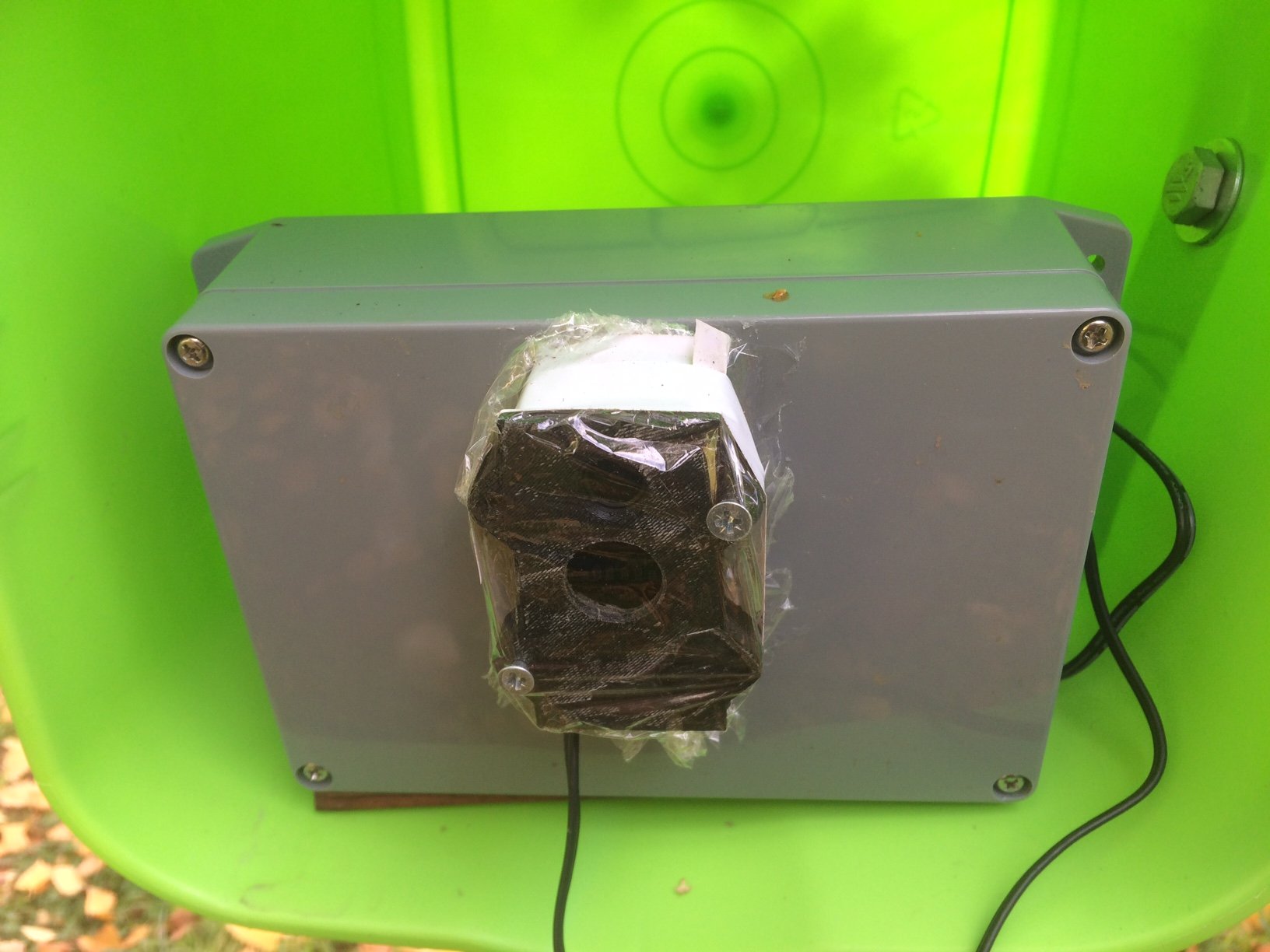Ultimate Video Tool for New Zealand Predators
We have made some improvements to the video capture tool we have been developing to make it better able to identify all predators in the New Zealand environment. We have been testing our device next to a standard commercial trail camera. These are typically designed for hunting deer and pigs etc, so they are not tuned for smaller mammals (unless up very close). The device we are using has the following advantages that are described in more detail below:
device records both heat video and Infrared (IR) video to give two complementary views of the predator
the cameras are always on so there is no delay in starting to record
the cameras are more sensitive for smaller mammals that do not trigger normal motion sensors
videos are automatically uploaded over Wi-Fi or cell network, making analysis and tagging easier
the heat and IR videos can be viewed simultaneously from a web page
the device has the ability to use Artificial Intelligence to determine what animals are present (next focus of work)
digital lures can be played from device to allow rapid testing of different sounds
this device will be able to eventually trigger a kill action
the whole thing is open source so keeps getting improved every week.
The video below shows off some of the new features
Video 1: Features of new predator camera
Heat and Infrared Camera
The reason we are interested in using a heat camera as well as an Infrared camera is that the heat camera does not require any light (which may scare off some animals). The disadvantage of the heat camera is the high expense, even for low resolution. However, there may be enough information from the movement of different animals for artificial intelligence to be able to use just a heat camera to identify them.
Instant recording
Both of the cameras are constantly recording, they create a permanent video and upload it when they sense movement. This means that they do not miss fast-moving animals. Traditional trail cameras use a motion sensor that ‘wakes up’ the camera. This is fine for larger, slow-moving animals, but misses some of the smaller fast-moving animals. We have even seen a hedgehog that moved too fast for the trail camera to record it! The instant recording cameras will ensure we have no more blank recordings from trail cameras.
More sensitive detection
Many of the smaller predators like rats and mice are not big enough to activate a standard trail camera. However, the heat camera can detect the smaller animals and we have not seen mice like in the video above from standard trial cameras. This suddenly makes more of the animal activity visible. Clearly the mice in the video above are not big enough to trigger the live capture trap (mouse traps have been added to this set up).
Automatic upload of videos
The videos are automatically uploaded over Wi-Fi or a cell network, making analysis easier. The consistent manual collecting of data makes trail cameras much more work.
The first thing I do each morning is check all the activity on the traps over night from any browser. These heat and IR videos are stored in a central location as well. This makes it easy to analyse and tag videos as the quantity of data grows.
Artificial Intelligence (AI) capability
The goal of this device is not to send videos of animals but send notifications of animals. To do this we tag each video saying what animal it is and what it is doing. For example, getting caught in a trap. The device that is running these cameras has the ability to run the AI algorithm so we can monitor 100% of what is out there.
Digital lures - sound and light
This device also has the ability to play sound files so that they can be rapidly tested to see how much better they are in different circumstances. This means hundreds of sounds can be tested and the effectiveness known much more rapidly and accurately compared to standard ways of measuring animal numbers like chew cards and tracking tunnels.
Link to killing of predators
Once the predators can be identified, then they can be targeted for elimination. This means the animals will not need to go into a trap but can be killed as they walk by (this is the normal thing animals tend to do even when a trap is freshly baited). More on the possible kill mechanisms soon.
Open source
The whole project is open source so it keeps getting improved every week. As more people work on it we can expect to see the improvements accelerate.
The obvious disadvantages of the camera we are using is the power requirement and the need to be in cell phone range. Long term these things are getting dramatically less of a constraint due to Moore's law.
This first set of testing with this new camera has thrown up some interesting observations including a trap that seems to work 30-50 times better than others. We will blog about next week.

